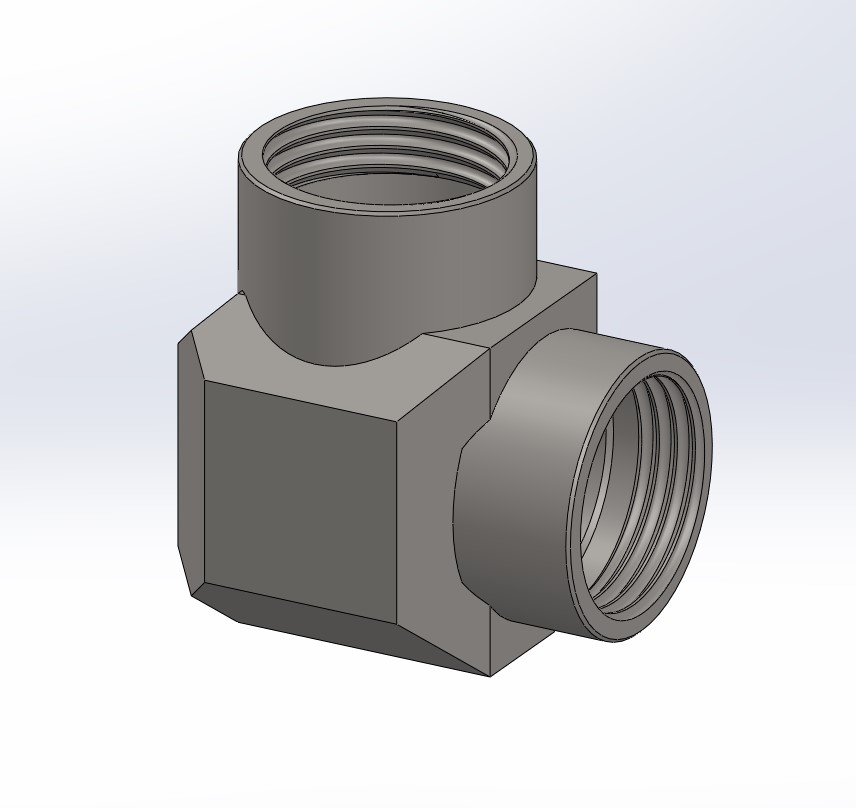The opposite of the “earth core” and “solarpunk” aesthetic would be a hyper-industrial, high-tech, and synthetic look, one that emphasizes

To enhance this aesthetic, the plastic surfaces could be coated with a glossy, anodized finish or wrapped in a vinyl layer featuring circuit-like patterns. Using recycled tinfoil is also an option. The textures would focus on precision, with smooth, machined surfaces, sharp edges, and mechanical joints that emphasize structure over organic form. LED lighting could be incorporated to add a futuristic glow, further reinforcing the artificial and industrial feel, but that might be hard to do. Instead of a design that seamlessly blends discarded bottles into an organic shape, the adapter could be modular and mechanical, featuring visible joints that suggest an engineered, functional system rather than a natural evolution.


Using the same materials and function, this aesthetic could be achieved by swapping biodegradable PLA for carbon fiber filament or metallic finished PLA to create a more high-tech appearance. Rather than incorporating moss or patinas, fluorescent or metallic paint could highlight the synthetic nature of the object. Conceptually, this version of the project would shift from nature’s ability to reclaim waste to a commentary on industrial permanence, overconsumption, and the dominance of human-made objects in the modern world.
[1] DeepAI Image Creation*ChatGPT assisted


1 Comment. Leave new
Your post does a great job of contrasting the industrial aesthetic with solarpunk, especially in how materials and finishes reinforce artificiality. I really like the idea of using metallic PLA or carbon fiber filament to enhance the high-tech feel. One question—how would you approach designing the joints or connections to emphasize the engineered look? Would you make them modular or more integrated?